‘The Pale Blue Eye’ Review: Pale Imitation
Come for the great cast but don't expect great thrills with this turbid adaptation of Louis Bayard's 'The Pale Blue Eye.'


Christian Bale offers variations on the same glum expression throughout his restrained turn as tormented detective Augustus Landor in The Pale Blue Eye (★★☆☆☆). Investigating mysterious deaths among the cadets at West Point Academy, circa 1830, Landor carries a burden of personal grief that — as much as the deadly matter at hand — accounts for his grave demeanor. But the character’s perpetual grayness drowns out his appeal, and any sense of growth.
On the other hand, Bale’s gloomy Landor suits the Gothic horror atmospherics of writer-director Scott Cooper’s dead-eyed adaptation of Louis Bayard’s 2006 Edgar-nominated novel. And haunted though he may be by visions of his past, Landor occasionally evinces the famous New York City wit and street savvy that precedes him in his long-winded introduction by West Point’s pompous Superintendent Thayer (Timothy Spall).
Bale sneaks in a few stray smirks from beneath Landor’s shaggy hair and beard, but not even slight hints of humor pump much life into Landor’s quest. Apparently, the job of moving this would-be thriller along falls to literature’s original master of the macabre, Edgar Allan Poe, who, yes indeed, did attend the storied military academy for one eventful year.

So we have a fictionalized Cadet E.A. Poe (Harry Melling), who insinuates himself into Landor’s good graces almost the instant Landor arrives on campus, then quickly blossoms into a resourceful junior detective on the case. Cocksure yet cautious, Poe follows Landor’s lead in their meticulous investigation of multiple bodies found with their hearts carved from their chests.
Landor also confides in barmaid Patsy (Charlotte Gainsbourg, wasted in the role), a romantic interest and sounding board, who merely helps advance exposition when necessary. Edgar Allan Poe, however, emerges as the lead in this story, which means enduring more than enough of Harry Potter alum Melling’s excruciating performance as the great American author.
Given to florid speechifying, too often about himself, this Poe, a pontificating poet loner, would be a tough part for any actor to wrestle down to earth. But Melling’s misjudged take, complete with syrup-thick Richmond drawl and wide-eyed, wildly gesticulated orations, just floats above and outside the film’s foggy reality.
The buddy-detective relationship with Landor barely gels, as talkative Poe tends to bulldoze over his mentor in their scenes together. And Poe’s budding romance with frail, enigmatic Lea Marquis (Lucy Boynton), daughter of the academy’s campus physician, Dr. Marquis (Toby Jones), is thoroughly unconvincing.
Things slide past unconvincing into camp when Gillian Anderson shows up as Mrs. Marquis, wearing a fancy bonnet the size of Dark Helmet’s headpiece in Spaceballs. The movie’s costume department clearly spent well to appoint the cast — Anderson and Boynton, especially — in ornate, velvety period formal wear, and crisp, stately military uniforms and accoutrements, but it’s all just a little bit too much.
Even the murder mystery leans in the direction of over-the-top, swerving into subplots about secret societies and occult rituals that should register as disturbing, but, like certain performances, come off as self-consciously theatrical.
The film owes its ominous atmosphere instead to the pale blues and grays, and deep, obsidian shadows of its rich production design, and the excellent cinematography by Masanobu Takayanagi. Gruesome dissections and stabbings are framed in arresting tableaux of lifeless youth. Howard Shore’s score, heavy with baleful strings, works busily to set the action in motion, but the pace only races in fits and starts.
The film’s central mystery finally lopes to its seeming conclusion, only to arrive at another mystery, to be unwound in an epilogue that delves deeper into Landor’s troubled past. The bonus half-hour promises an intriguing twist in Landor’s story, but also requires sitting through some of Cadet Poe’s most grandiloquent soliloquies. The additional intrigue might not be worth that trouble.
The Pale Blue Eye is available for streaming on Netflix. Visit www.netflix.com.
Support Metro Weekly’s Journalism
These are challenging times for news organizations. And yet it’s crucial we stay active and provide vital resources and information to both our local readers and the world. So won’t you please take a moment and consider supporting Metro Weekly with a membership? For as little as $5 a month, you can help ensure Metro Weekly magazine and MetroWeekly.com remain free, viable resources as we provide the best, most diverse, culturally-resonant LGBTQ coverage in both the D.C. region and around the world. Memberships come with exclusive perks and discounts, your own personal digital delivery of each week’s magazine (and an archive), access to our Member's Lounge when it launches this fall, and exclusive members-only items like Metro Weekly Membership Mugs and Tote Bags! Check out all our membership levels here and please join us today!



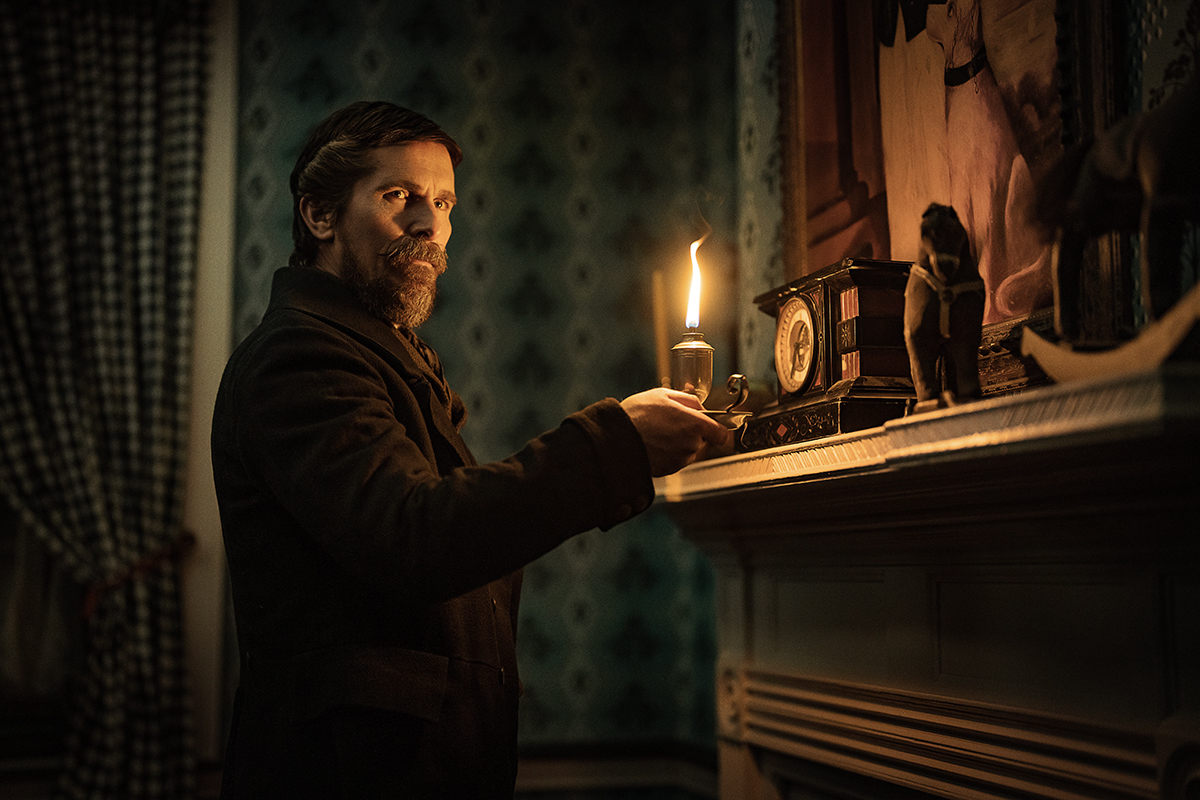
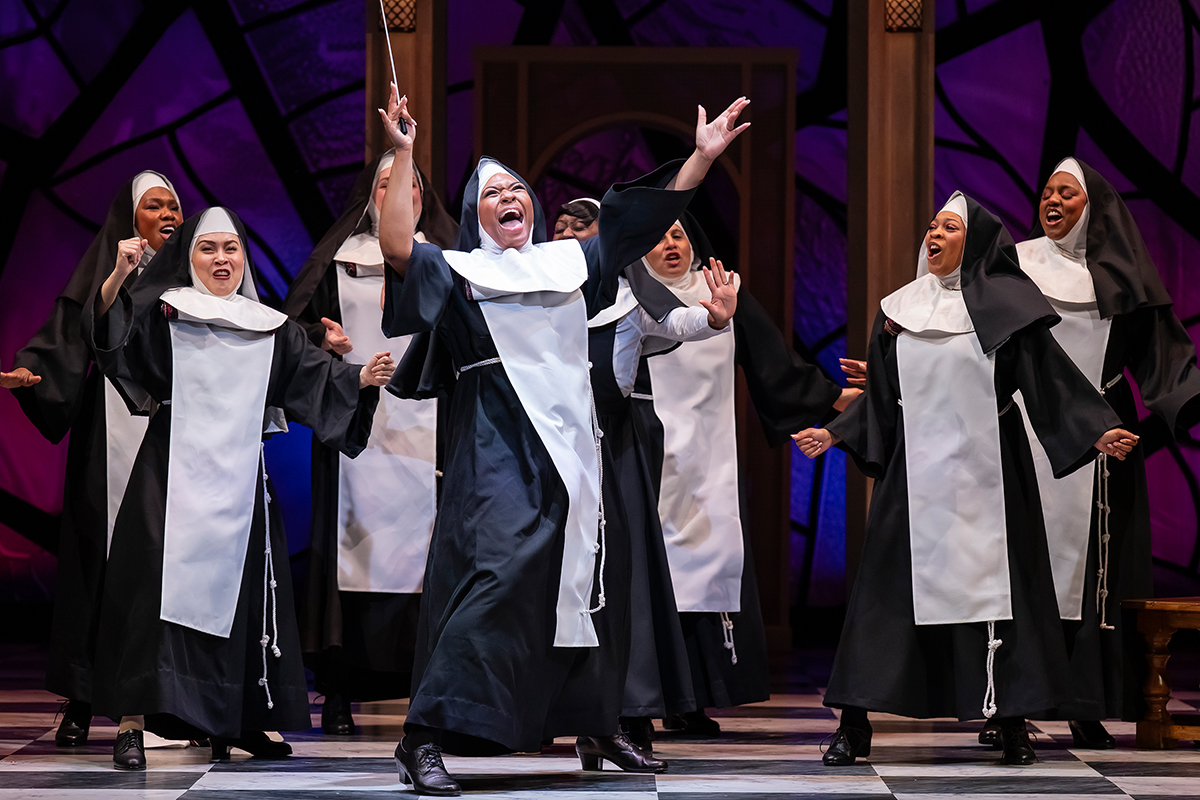
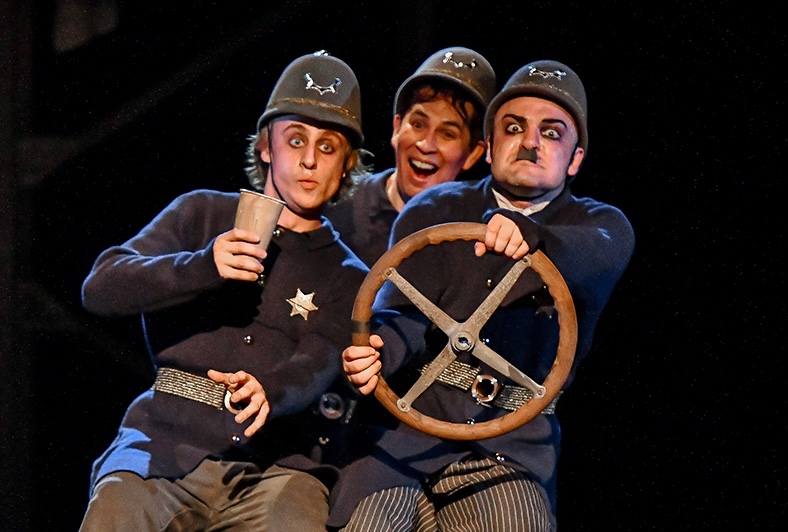
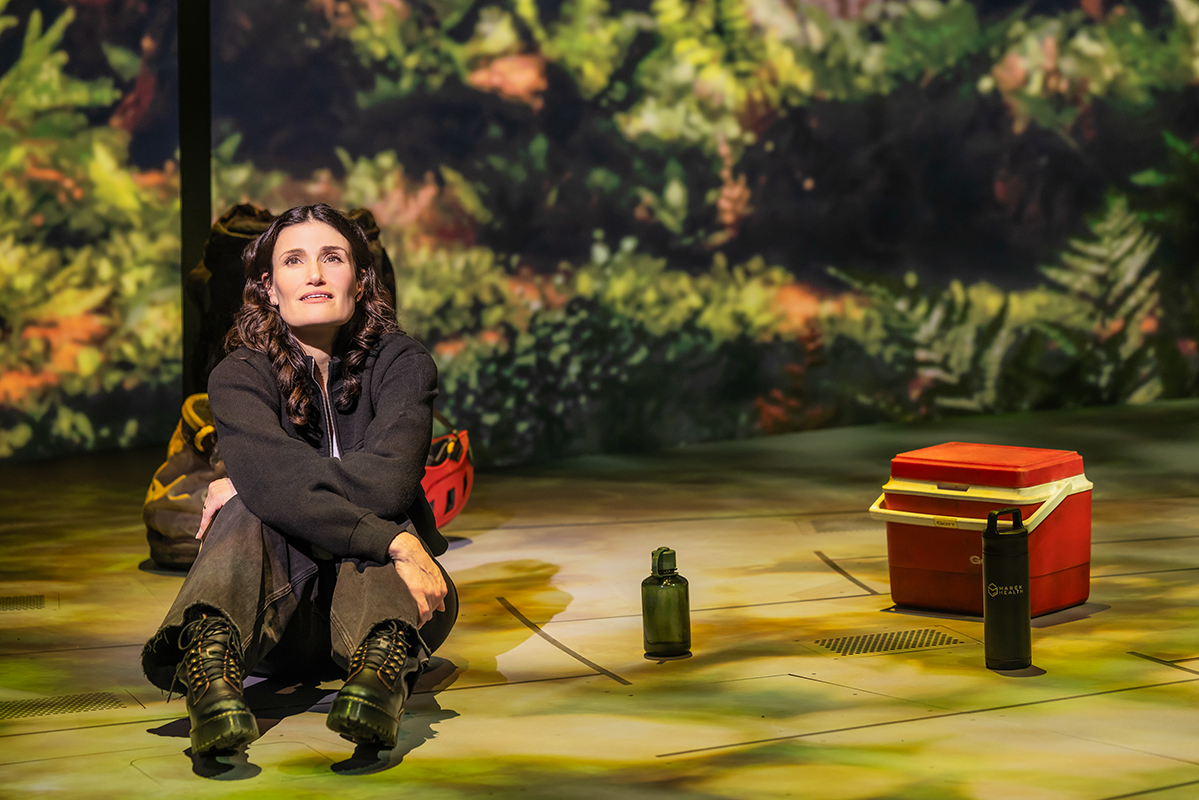













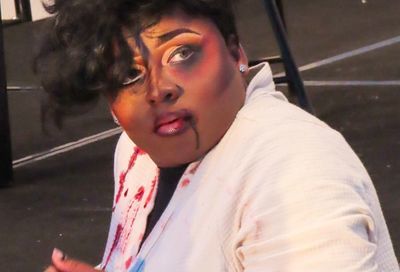


You must be logged in to post a comment.